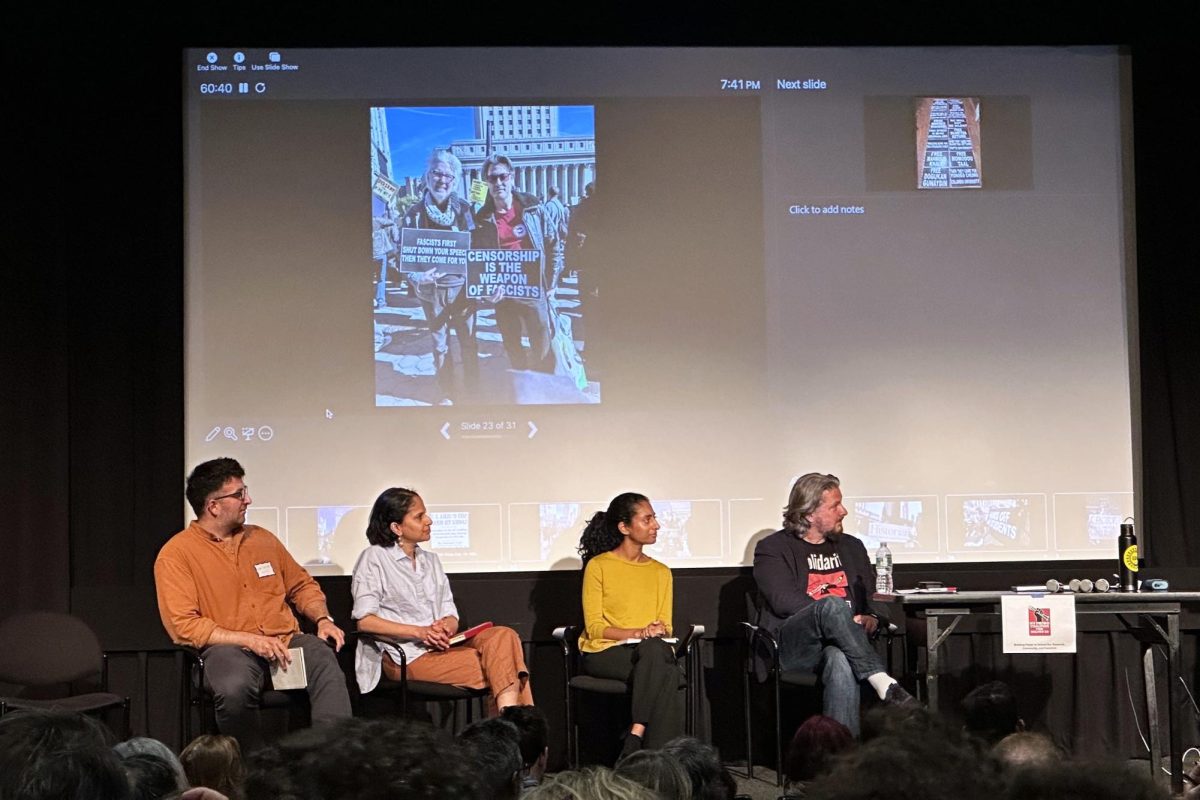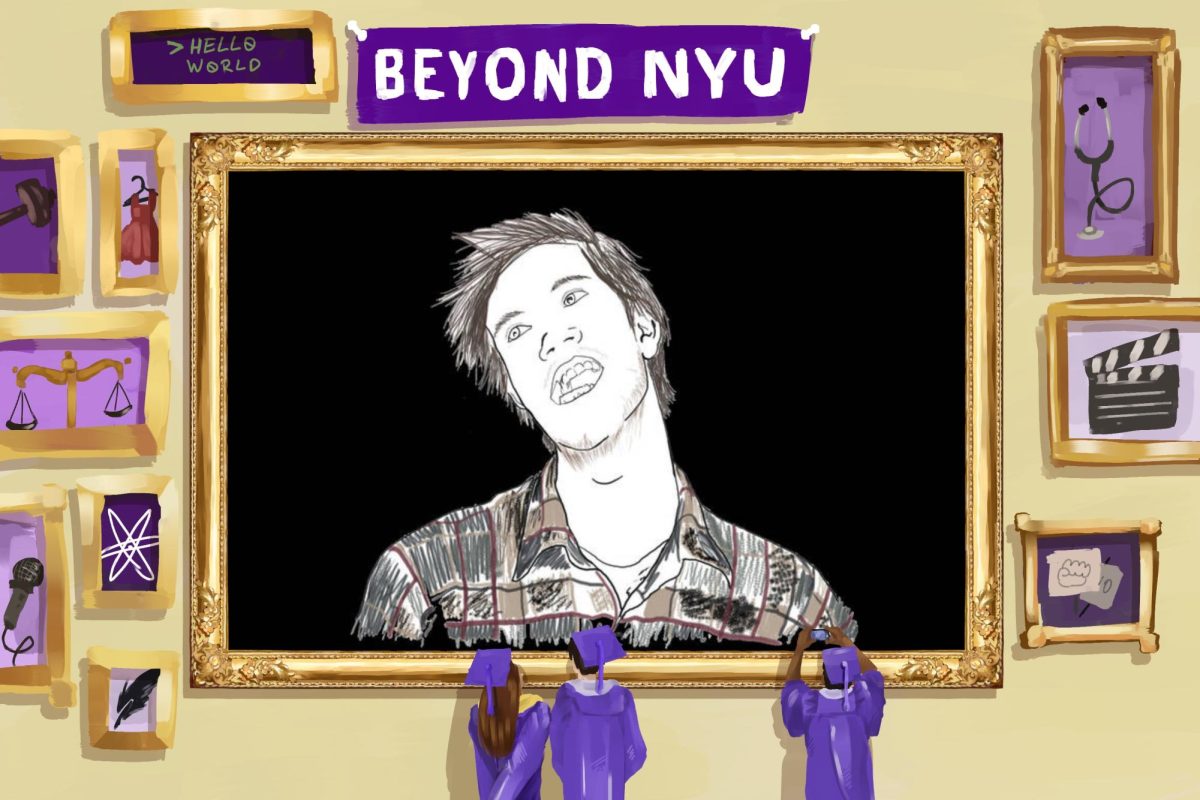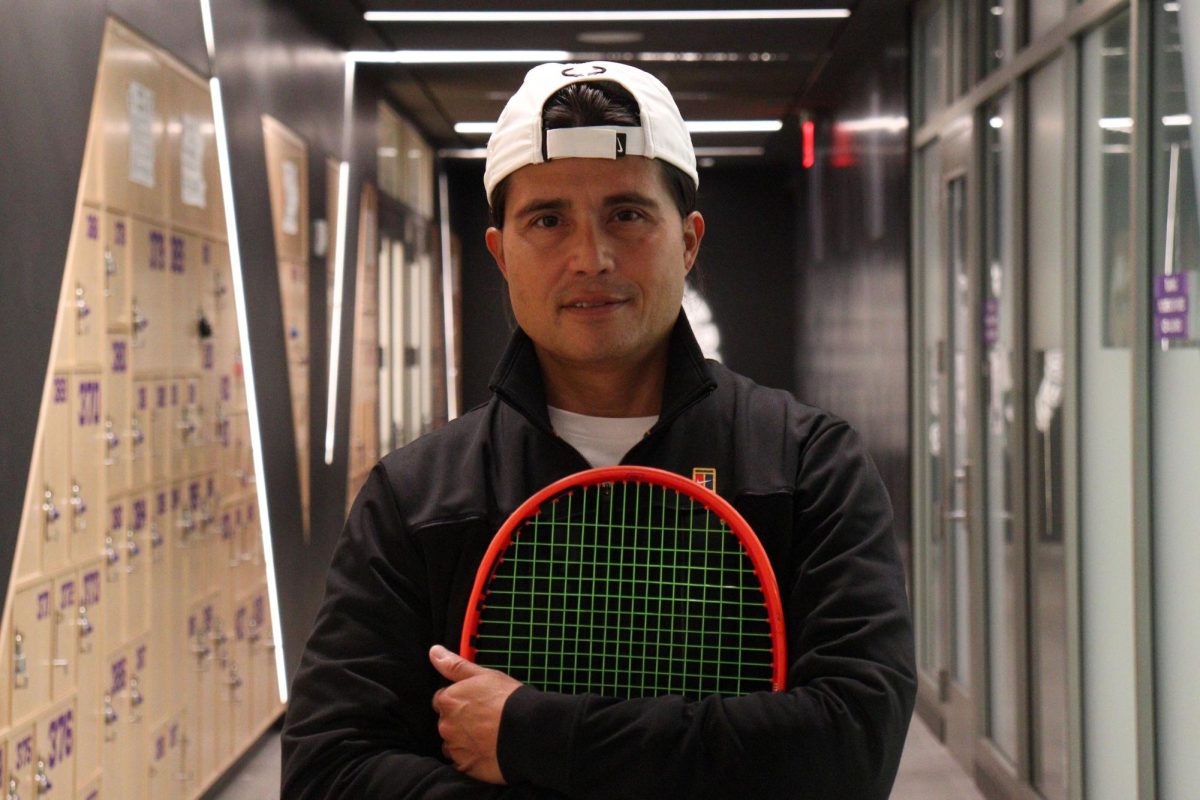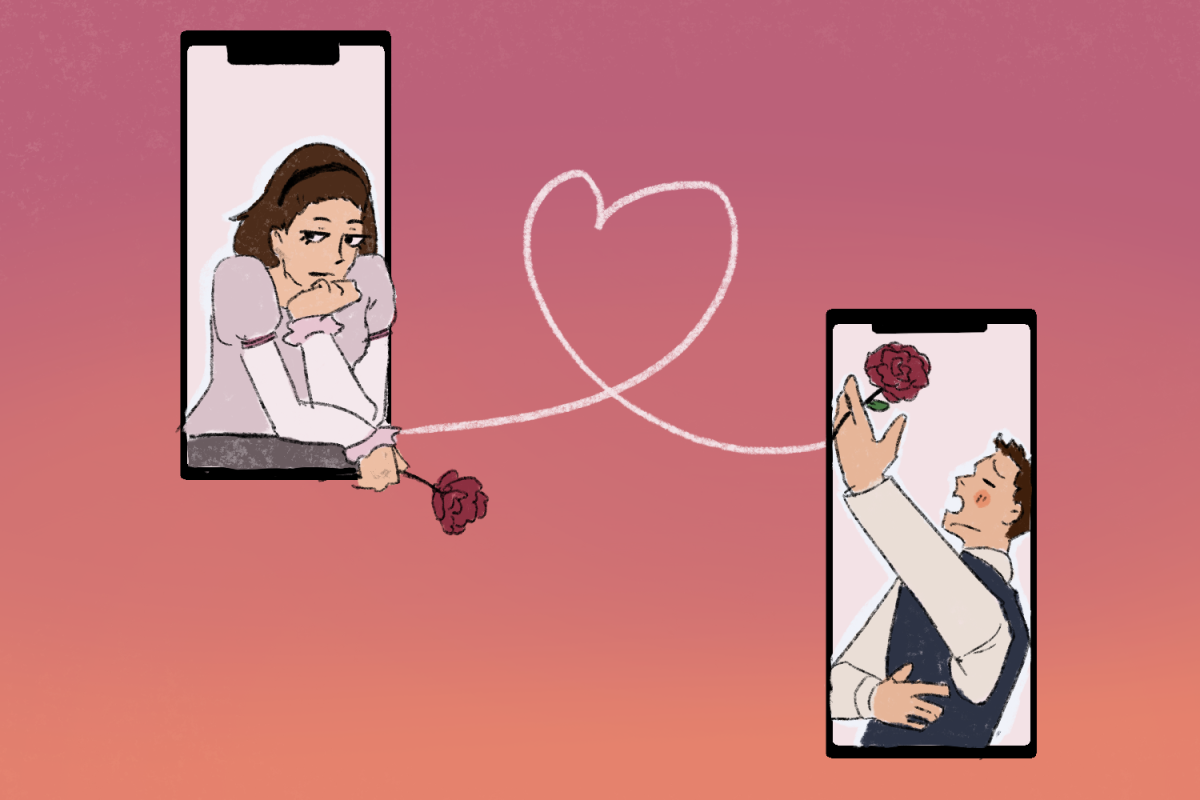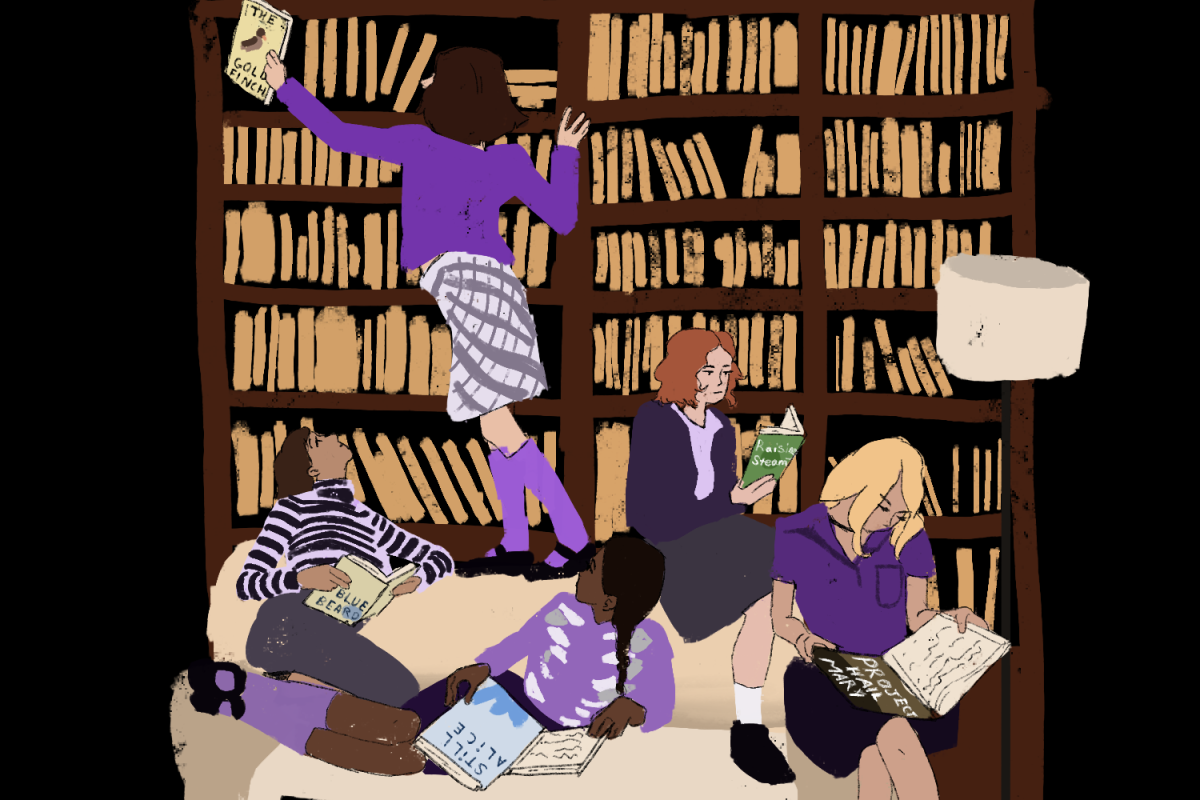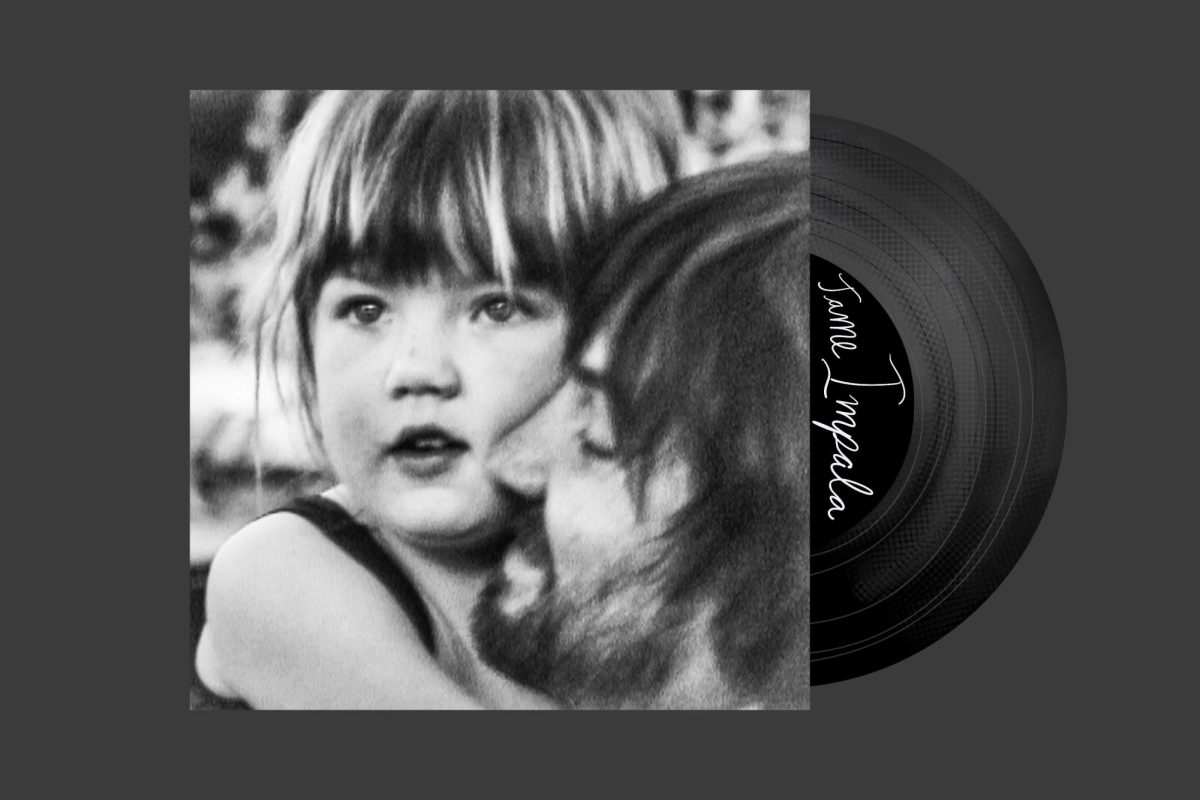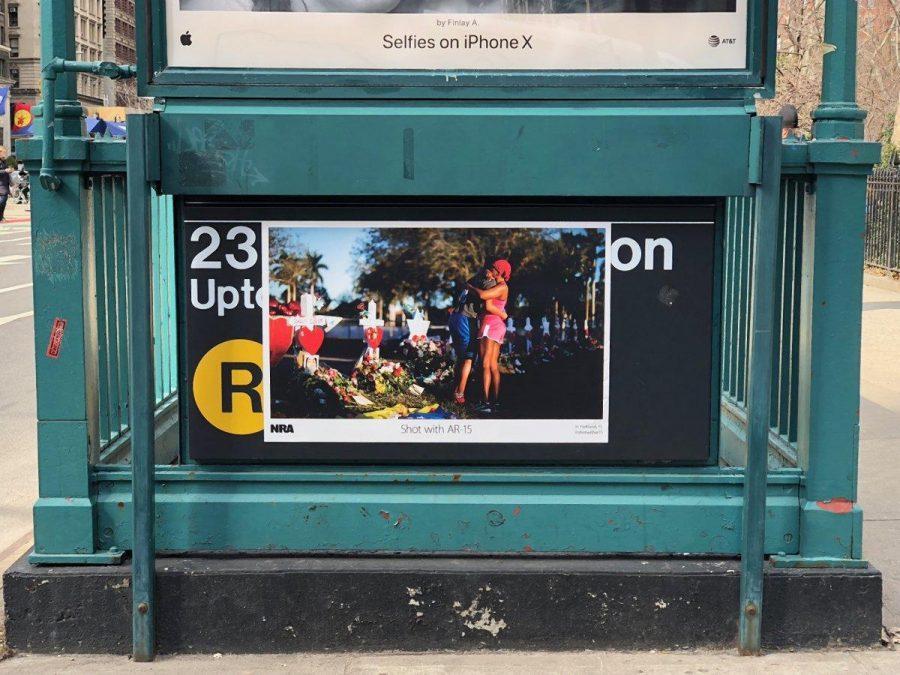Student ‘Shot by AR-15’ Subway Campaign Challenges Gun Violence
The “Shot by AR-15” campaign has been making waves in subway stations around the city.
April 16, 2018
School of Visual Arts seniors Ji Kim and Andy Koo wanted to raise awareness about gun violence — specifically at the hands of the AR-15. As two students in art school, they decided teh best way to circulate their messages was through an art project.
During the March for Our Lives last month, the two students printed posters of people mourning after instances of gun violence and wrote “Shot by AR-15” underneath the photos. The posters, pasted in subway stations at Times Square, Union Square, Madison Square, SoHo and Chelsea, were a play on Apple’s “Shot on iPhone” advertisements.
“We thought it was ridiculous that AR-15, a weapon of war, was used in most of the recent mass shootings in the United States,” Kim said in an email to WSN. “And we were thinking about what would be the most powerful way to raise awareness on AR-15, and we decided to give a twist on ‘Shot on iPhone’ ads because the word ‘shot’ has two different meanings.”
Kim and Koo originally created the campaign to support the March for Our Lives because it is a movement led by students.
“Putting these posters to raise awareness on gun violence was our way to support them as art school students,” Kim said.
According to the New York Daily News, the pair created 12 different designs and printed each one more than 80 times. They went live on March 24, but many have since been taken down.
Regardless, the project has gained significant traction on social media, with some people mistaking the posters for real iPhone ads, according to Kim.
Steinhardt junior Anastashia Saminjo scrolled past a photo of the “Shot by AR-15” project on Instagram and said she found the campaign to be clever and strong.
“Not only has the use of the word ‘shot’ been manipulated, but also using that Apple ad as a template to project a journalistic photograph instead of a selfie, the relationship between ads and news is also notable,” Samijo said in an email. “I could really go on talking about how powerful Koo and Kim’s artwork is because I really think that political art is an important means for news consumption and not taking things at face value or by a mere headline.”
Saminjo studies Studio Art and said she loves the intersection between art and politics, which she has especially noticed at political marches. Even though many people outside of the art world seem to have the rigid view that art is aesthetically pleasing and beautiful, Saminjo believes there is lost potential in restricting art to just aesthetics.
“Art can definitely make social impacts even when it’s just an expression or reflection of a situation,” Saminjo said. “Of course, the Renaissance period had its fair share of religious paintings, and you could look back at different periods of art and box it down to one style, but I think that a lot of contemporary artists are making art about politics and their relationship with it.”
Steinhardt Studio Art sophomore Tina Zhou believes that all art is political.
“I think the idea of art has evolved so much within the past few decades, and the intersectionality between art and politics has definitely become stronger,” Zhou said. “Contemporary art is no longer a pretty ornament you hang in your bedroom but truly something with a meaning that provokes you to think. A good artist must consider how their art interacts with the social climate and how the latter affects the artwork itself. We can’t make art in a vacuum.”
She shared a similar sentiment to Saminjo in regard to the intersection of politics and art, saying that art can make people reexamine themselves and has the power to make people feel things that words and data cannot.
“It draws attention to what matters,” Zhou said. “Art might not be the solution for everything, but it’s a start.”
A version of this article appeared in the Monday, April 16 print edition. Email Natasha Roy at [email protected].

